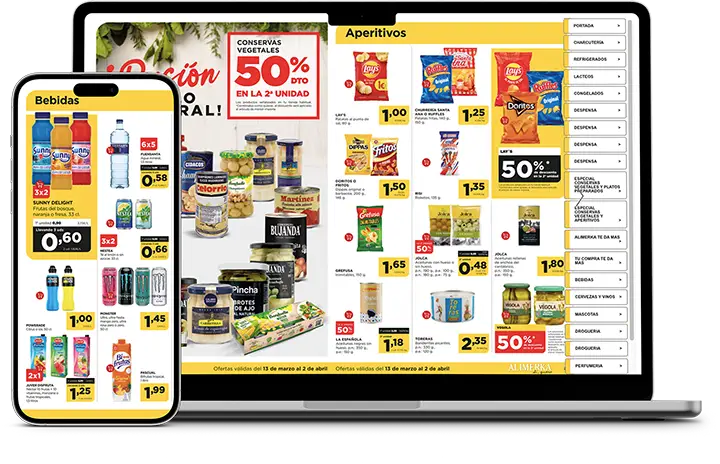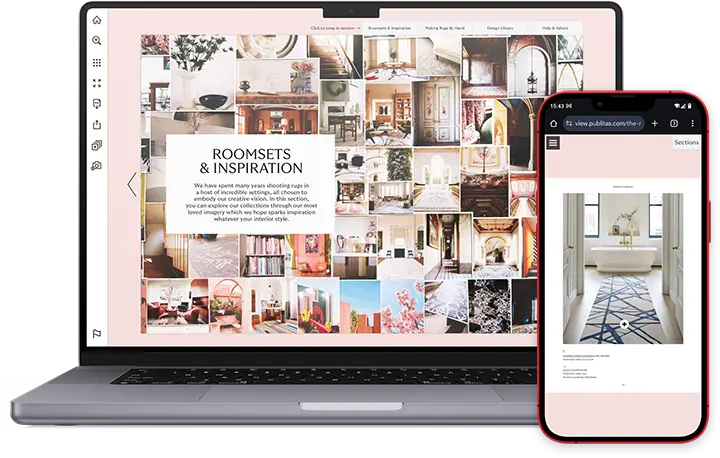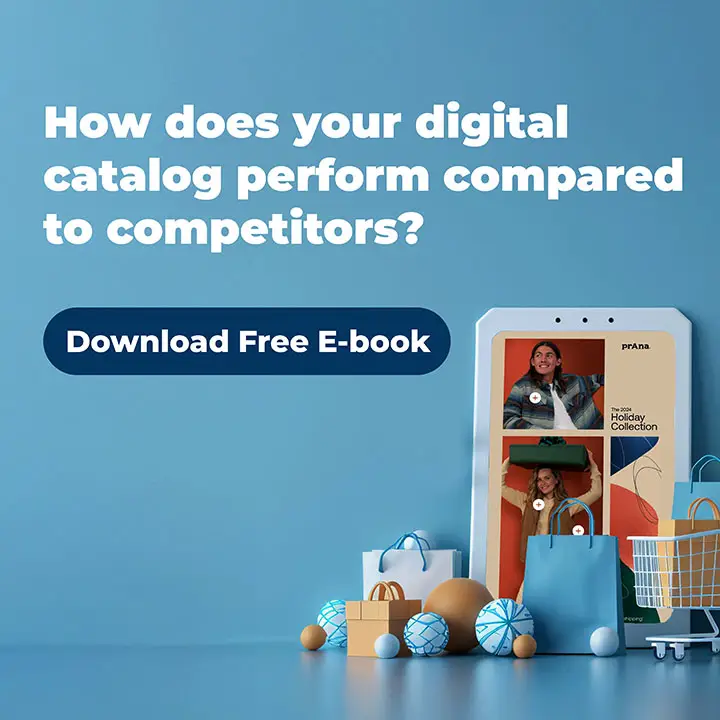Content platforms are becoming vital for brands looking to balance direct-to-consumer ambitions with retail relationships. In one of Nike’s first earnings calls under its new leadership in 2024, CFO Matt Friend acknowledged what many in the industry had realized: over-prioritizing direct-to-consumer (DTC) channels may have a negative impact. Nike’s shift toward its webshops, mobile apps, and physical stores led many retailers to pull back. Foot Locker, for example, saw Nike’s share of its inventory drop from 75% to 65% over three years.
Recent research published in the Journal of Marketing and the Journal of the Academy of Marketing Science confirms the risks: a study of nearly 2,000 multi-brand retailers in the UK and France found that after a supplier launched a DTC channel, retailers reduced their product orders by 19% and ended up paying 21% more. Brands, on average, lost 12% in revenue from orders that would have otherwise been placed, amounting to €785,000 in under six months.
The Retailer Backlash to Direct Sales
As brands chase the margins, data, and customer intimacy offered by DTC, they often risk alienating the retail partners that helped build their brands. Smaller, specialist retailers – representing over 30% of the market in the studies cited – respond most negatively, feeling undercut or excluded. Shelf space opens for competitors, visibility declines, and the retail relationship deteriorates.
Yet DTC is here to stay. The challenge is no longer whether to go direct, but how to do so without undermining retail partnerships. This is where content platforms like Publitas can play a strategic bridging role.
Content Platforms as Relationship Builders
Far from being just a marketing tool, digital catalogs can serve as a shared channel between wholesalers and their retail partners. Here’s how:
1. Shared Discovery, Not Competition: Rather than driving all traffic to their own DTC channels, wholesalers can create shared discovery experiences. With Publitas, digital catalogs can include retailer store locators or purchase options, encouraging customers to shop through nearby retail partners. This positions the catalog as a joint sales asset, not a competitive one.
2. Retailer Co-Branding & Localization: Independent retailers feel especially threatened by DTC. Publitas enables wholesalers to offer co-branded or white-labeled catalogs that retailers can share directly with customers. Retailers maintain relevance and connection while wholesalers retain control over product storytelling.
3. Data Sharing & Performance Insights: Retailers often complain about a lack of insight into what drives engagement. With Publitas, wholesalers can share catalog interaction data with retail partners, including click-through rates, time spent on pages, and product interest. This data builds trust and helps retailers optimize their in-store and online strategies.
4. Complementary Channel Strategy: Publitas allows wholesalers to offer flexibility in product links directed to the brand’s e-commerce site or retail partner pages. Retailers can select what works best for their market, ensuring they remain part of the conversion funnel.
5. Scalable Product Storytelling: Retailers often lack the time or resources to produce rich product content. Digital catalogs produced by wholesalers give retailers instant access to updated visuals, specifications, and editorial narratives they can share without extra work. This ensures consistent messaging and greater reach.

Rebuilding Trust Through Tools, Not Promises
The Publitas model addresses a key takeaway from the research: retailer disengagement is not just about financial margins. It’s about trust, visibility, and shared value. YETI, for example, supports retailers with product training and marketing assets, a signal that retail still matters. A digital catalog strategy does the same at scale.
In a landscape where retailers quickly pull back, wholesalers need more than lip service. They need tools that prove partnership. Thoughtfully deployed digital catalogs are just that.

The Path Forward
The Nike example illustrates that even the strongest brands are not immune to retailer backlash. But brands that segment their approach, visibly support smaller retailers, and treat digital catalogs as collaborative assets (not takeover tools) can retain the best of both worlds.
In an era where omnichannel is not just a buzzword but a battleground, Publitas offers wholesalers a way to preserve and strengthen retail partnerships while expanding direct reach. The goal isn’t to choose sides. It’s to build bridges. And digital catalogs may be one of the most effective bridges brands have today.


